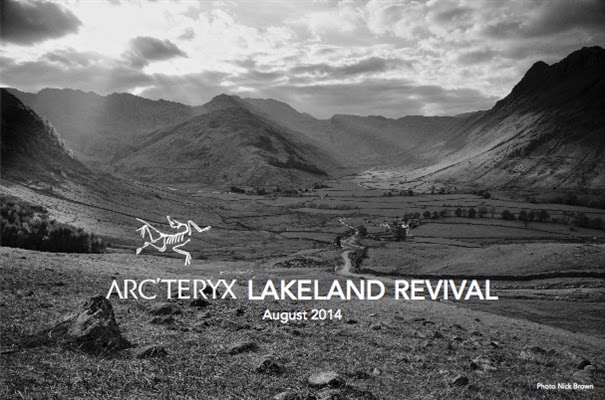 |
| Engineers Slab with Sledgate Ridge up the left of the picture |
 |
| Piers nearing the crux of Pitch 1 of Engineers Slabs |
 |
| The second pulling through the crux of The Troll |
 |
| The grand buttress of Eagle Crag, Buttermere |
 |
| Me climbing the brilliant corner on Pitch 7 of Eagle Front |
 |
| Piers pulling through the crux of Pitch 2 on The Shroud |
 |
| https://www.thebmc.co.uk/arcteryx-lakeland-revival |
Catch you on the crags!
No comments:
Post a Comment